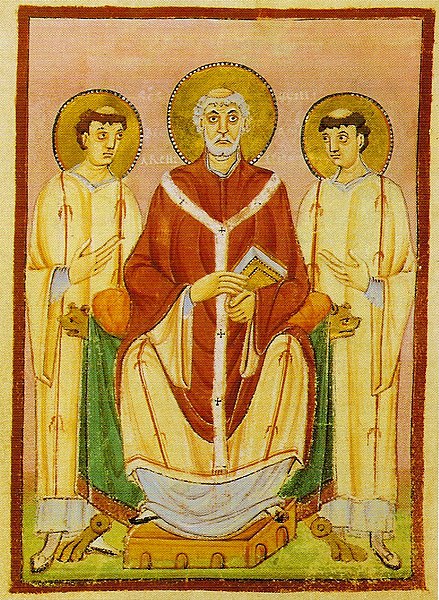History of the Netherlands
The history of the Netherlands extends back long before the founding of the modern Kingdom of the Netherlands in 1815 after the defeat of Napoleon. For thousands of years, people have been living together around the river deltas of this section of the North Sea coast. Records begin with the four centuries during which the region formed a militarized border zone of the Roman Empire. As the Western Roman Empire collapsed and the Middle Ages began, three dominant Germanic peoples coalesced in the area – Frisians in the north and coastal areas, Low Saxons in the northeast, in addition to the Franks in the south. By 800, the Frankish Carolingian dynasty had once again integrated the area into an empire covering a large part of Western Europe. The region was part of the duchy of Lower Lotharingia within the Holy Roman Empire, but neither the empire nor the duchy were governed in a centralized manner. For several centuries, medieval lordships such as Brabant, Holland, Zeeland, Friesland, Guelders and others held a changing patchwork of territories.

An oak figurine found in Willemstad, the Netherlands, dating from around 4500 BC. On display in the Rijksmuseum van Oudheden in Leiden. Height: 12.5 cm (4.9 in).
Dorestad and main trade routes
Saint Willibrord, Anglo-Saxon missionary from Northumberland, Apostle to the Frisians, first bishop of Utrecht
An early 16th-century tapestry depicting the near baptism of Redbad, King of the Frisians, who died in 719
Netherlands in the Roman era
For around 450 years, from around 55 BC to around 410 AD, the southern part of the Netherlands was integrated into the Roman Empire. During this time the Romans in the Netherlands had an enormous influence on the lives and culture of the people who lived in the Netherlands at the time and (indirectly) on the generations that followed.
Reconstruction of a Roman watch tower near Fectio in the Netherlands
The Conspiracy of Julius Civilis, completed in 1661 by Rembrandt, the best-known painter of the Dutch Golden Age. It depicts a Batavian oath to Gaius Julius Civilis, the head of the Batavian rebellion against the Romans in 69






